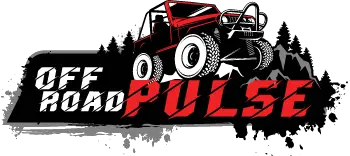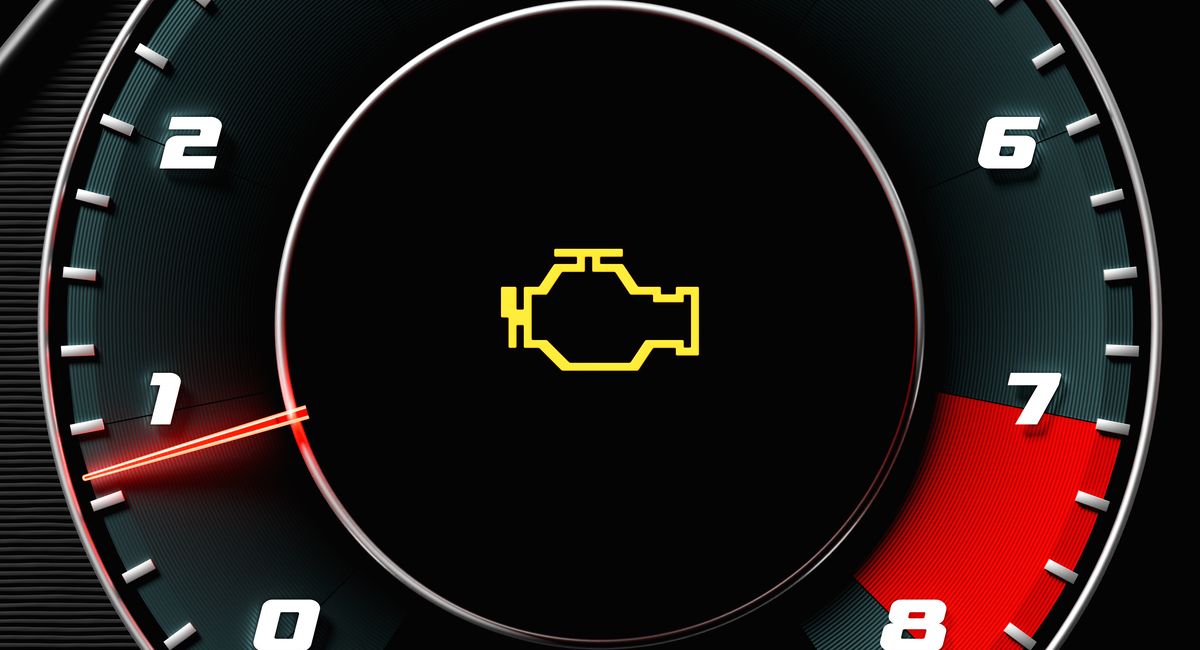When you think about Jeep engines, you must definitely consider the Jeep 2.0 turbo. It is one model that has been making the news for a lot of reasons.
Its fresh looks, solid off-road capabilities, speed, and great handling fuel the passion of Jeep enthusiasts and owners alike. But beauty doesn’t come without its flaws. While there is nothing wrong with the Jeep Wrangler 2.0 Turbo, the owners of these vehicles have reported some problems with their engines.
The good news is that they can be solved easily. If you are experiencing any issues with your Jeep 2.0 turbo engine, then read on as we get you to the bottom of what is going on in your Jeep engine. We will tell you what to watch out for to fix any problems before they mushroom into engine failure or worse. So, read on!
Common Jeep 2.0 Turbo Problems
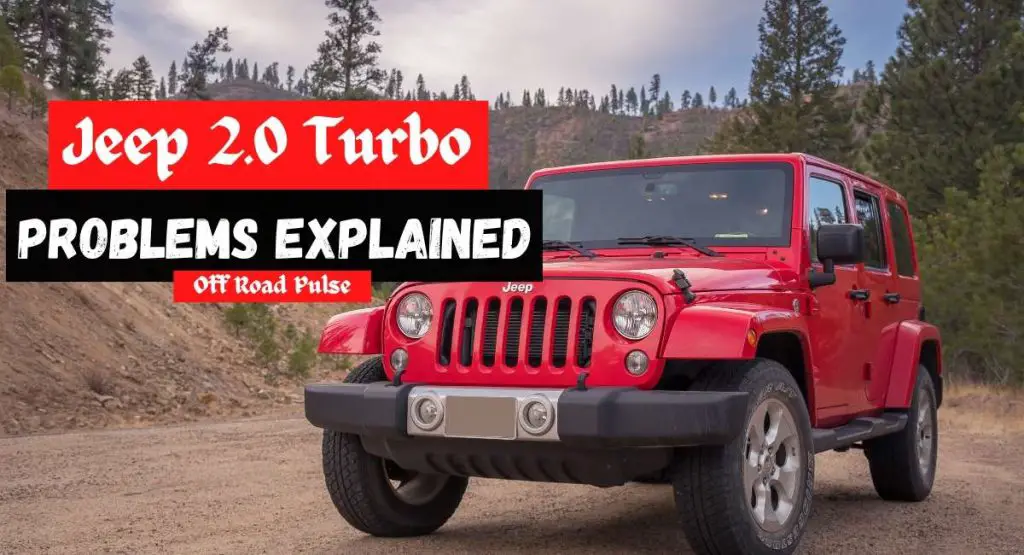
1. Leaking Coolant in Battery Pack
The most common problem people experience with Jeep 2.0 Turbo is leaking coolant in the engine bay. Several things can cause this, but the most common reason is an issue with the battery pack that connects to the PCM (Powertrain Computer Module).
A leaky battery pack can be caused by several other things:
- A bad battery pack.
- A corroded cooling system hose or fitting.
- A cracked hose.
- Improperly installed cooling hoses and fittings.
To fix this issue, you’ll need to remove your battery pack and check if there are any cracks or leaks around it. If they are present, you’ll want to replace them with new ones so they don’t leak again and cause more damage than necessary.
2. Multiple Recalls
The Jeep Wrangler 2.0 Turbo received many recalls over the years because of issues with the engine. The first recall was for an issue with the steering column. It had caused problems when it overheated because of excess heat from the heater core located on top of it. This problem was resolved by replacing parts in models affected by this recall.
Another recall affected almost 1 million vehicles from the 2007 to 2009 model years. It involved a problem with oil pressure sensors that could cause an oil leak if they were broken or not working correctly. This issue was solved by replacing these sensors and ensuring they worked properly.
The Jeep 2.0 Turbo was also recalled in 2020 due to defective fuel lines. The recall was issued after it was discovered that some of these vehicles had fuel line connectors that were not installed properly during assembly. The plastic connector that goes to the fuel supply line and the pressure pump tended to crack. As a result, they could leak fuel and cause stalling.
In addition to these recalls, Jeep has issued several others related to this engine over the years. One was for emissions control issues in 2007, and another for corrosion issues in 2011.
3. Less Horsepower
The Jeep 2.0-liter turbocharged four-cylinder engine doesn’t deliver much horsepower under the hood. It produces 270 horsepower and 295 pounds of torque. This isn’t enough to get the job done with any urgency when you’re trying to go up hills or pass slower cars on the road. Most other V6 engines offer more horsepower and torque.
If you want more power out of your Jeep 2.0T, you have to make some modifications or upgrades to your vehicle, like upgrading the exhaust system or putting a new transmission in it. Alternatively, you can get other models of Wranglers such as the 3.0L or the 3.6L that would afford you more power.
4. Loss of Power
Another issue with the Jeep 2.0 turbo is its inability to run at maximum power for extended periods. This is because your turbocharger can compress only so much air. There’s also only so much air that can be pumped into the engine bay that has an intercooler and fuel injection system. Once you reach those limits, you’ll start losing power as more and more of your cylinders are running lean.
To fix this issue first check the fuel pressure. It should be at least 50psi. If not, then you can try to replace the fuel pump.
Next, remove the spark plugs one at a time and clean them with a wire brush so that they are completely clean and free of carbon buildup, which will cause misfiring.
5. Rev Problems
Another issue is that because your 2.0 Turbo doesn’t rev as high as some other engines, you’ll need to increase RPMs in order to get the most out of it. This rev problem could be caused by an issue with the fuel system or the fuel delivery itself.
For example, if you were driving at 60 MPH in 5th gear, you’d need to run at 7200 RPMs or greater to get maximum power from this engine configuration.
The first thing you need to check is the fuel injectors, pump and the fuel filter. Ensure they are not clogged or damaged. The rev problem will be fixed after resolving this problem.
Another reason causing your Jeep 2.0 turbo rev problem can be a faulty spark plug, wires or even a bad coil pack or alternator which might have failed due to heat or age. These parts can fail easily leading to overheating and rev issues. Ensure you have all these issues checked by an expert.
6. Turbo lag
Turbo lag is when the vehicle doesn’t spool up fast enough to produce power in time for the engine speed to reach the redline. The result is that your engine will only make a certain amount of power before it starts to lag. This can cause stalling and even engine damage if not fixed quickly enough by shutting off the engine and restarting it again. It also makes for an unpleasant ride for you and your passengers and creates drag on your car’s performance.
To fix this problem, you must check two things: first, is your car tuned correctly? If so, it should have no problem making power earlier than it normally would and will therefore hit higher speeds sooner.
Secondly, check for any leaks inside your vehicle that could affect performance, such as coolant leaks or oil drips. These could be causing some pressure drop in one place, causing problems with other areas of your engine.
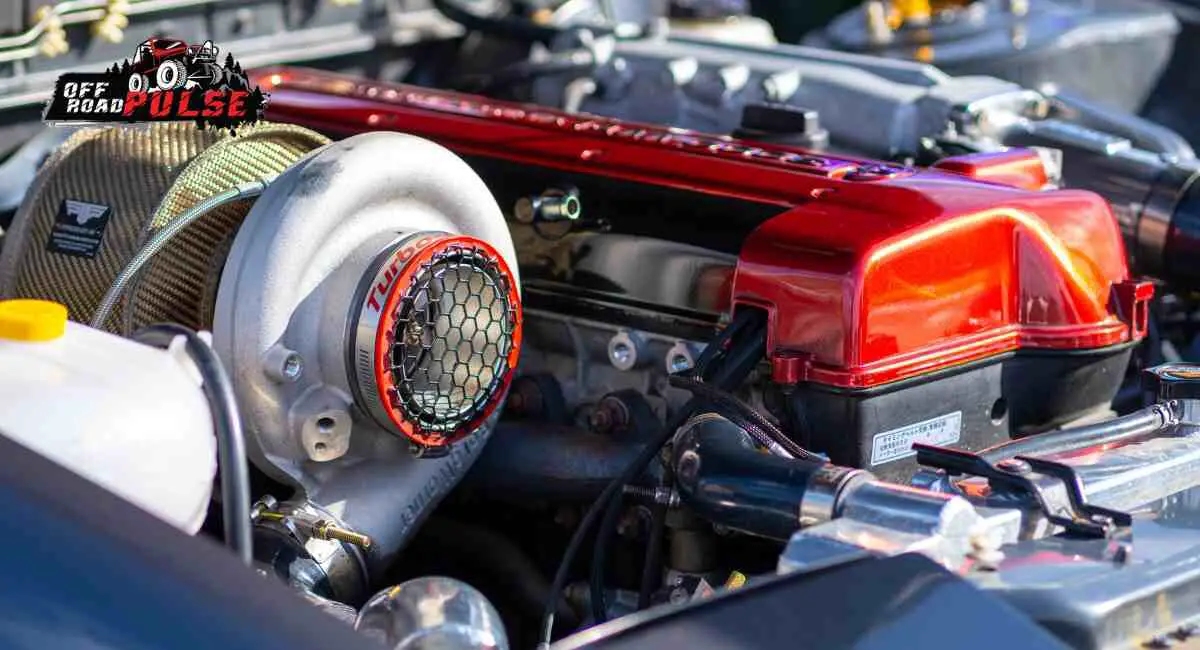
7. Flickering engine lights
Another problem is flickering lights on the dash or instrument cluster. There are two issues here: One is related to a faulty wiring harness that can be fixed by replacing it with a new one. The other issue is likely due to a defective ECM or TCU. This can cause intermittent loss of power or other problems when driving down the road at high speeds or in heavy traffic conditions.
Again, this can frequently happen without anything being wrong with the car. The lights keep turning on, especially if the car has some mileage on it. It could be because of loose sensors, hoses, and connectors. If this keeps happening, you will have to take your car to a repair shop.
8. Oil Leaks
Another common problem with the Jeep 2.0 Turbo engine is an oil leak at the top of the crankcase, where you can see oil leaking out onto your garage floor or driveway. This leak usually comes from a cracked head gasket caused by either over-tightening or overheating the turbocharger.
This problem will require you to visit an authorized mechanic who will change the gasket.
9. Automatic Transmission Problem
If you drive aggressively or frequently race your Jeep 2.0 Turbo automatic transmission, it may not be able to keep up with your driving style or vehicle size. You will notice a slight delay in shifting gears.
If you experience this problem and leave it alone for a while, it will most likely fix itself over time. However, if you notice that this problem is getting worse rather than better, then it is best to get it checked as soon as possible. Doing this will avoid any damage happening to your vehicle’s engine or transmission components
10. Hesitation and Stuttering
The Jeep 2.0 Turbo may have a problem of stuttering when accelerating from a stop. This may be caused by several things such as an incorrect fuel mixture or a lack of power from the engine. It may also be caused by a vacuum leak in the intake manifold, which could cause low air pressure to enter the engine while driving.
There is also the issue of hesitation when going up steep hills or when switching between gears in an automatic transmission vehicle. This may be caused by a clogged transmission oil cooler, which can cause poor performance, reduced fuel mileage, and other problems, including overheating and misfire conditions.
If you encounter any of these problems you will need to take your Jeep to a verified mechanic so that they can run a few tests. They can examine the intake manifold for any cracks or holes that is causing a leak. They should also look at the transmission cooler to ensure it isn’t clogged or blocked by any dirt.
11. Smaller Towing Capacity
The 2.0-liter turbocharged four-cylinder engine in the Jeep Wrangler JL stands out among its competitors. However, it has one of the smallest tow ratings compared to comparable models. This JL has a towing capacity of up to 3,500 pounds max. On the other hand, the Grand Cherokee can haul up to 7,200 pounds.
12. High maintenance cost
The high maintenance cost is one of the biggest problems with this vehicle. The engine oil needs to be changed around every 1000 miles, and the transmission fluid needs to be changed every 30000 miles. This can be very expensive if you have a long drive ahead of you.
You also need to ensure that your vehicle is kept in good shape by servicing it regularly. This will ensure that there are no significant issues with your car, like leaks or other mechanical problems.
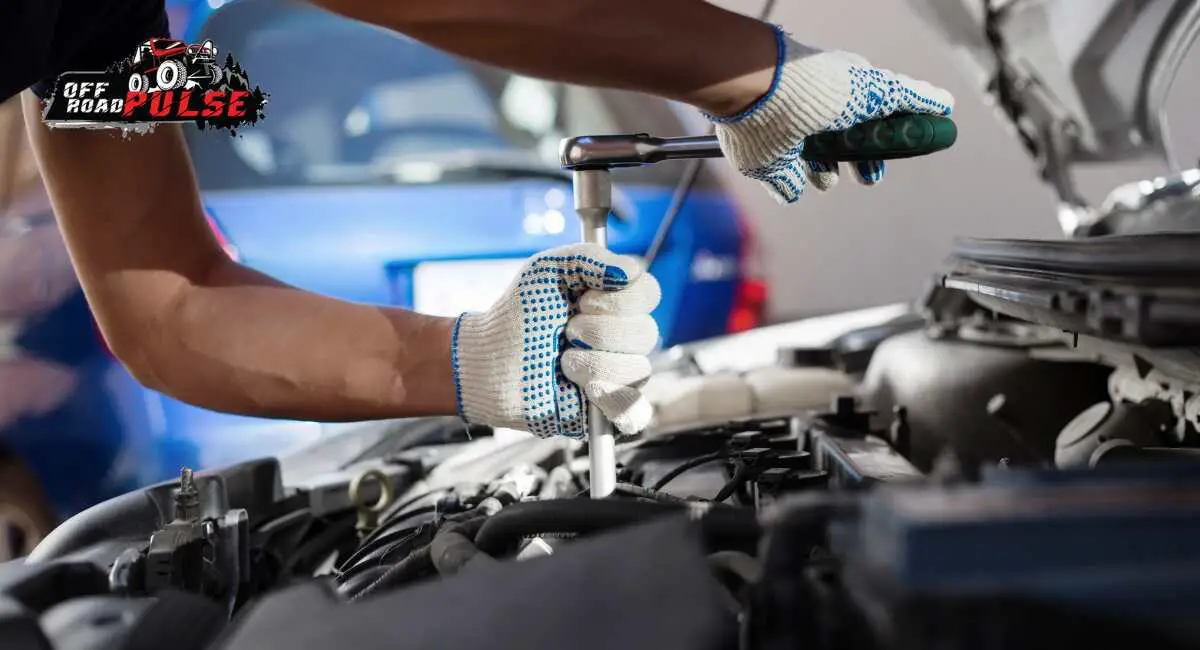
Jeep 2.0 Turbo Reliability
Are you asking yourself, “is a 2.0 turbo engine good?” Well, Jeep 2.0 Turbo reliability is good, but not excellent. As we have seen, there are a few common problems with the Jeep 2.0 Turbo, mostly related to things that can be fixed by simply replacing parts.
Whether you’re looking for a Jeep that can handle your everyday driving or one that will take you on the most exciting off-road adventures, the 2.0 turbo engine is sure to be a reliable partner.
The 2.0T offers strong performance and fuel efficiency while still being able to tow up to 3500 pounds of cargo behind it. It’s also an excellent choice for those who want great fuel economy but aren’t quite ready for a diesel truck or SUV.
The 2.0L turbocharged 4-cylinder engine provides plenty of power and torque while providing a great fuel economy of 25 mpg on the highway. The 4WD system is also very efficient and can easily deal with snowy and icy conditions.
Final Word
Hopefully, we helped you avoid the headaches of dealing with a broken Jeep 2.0 turbo engine. While it’s certainly not a common problem, it has shown up in enough Jeeps to raise concerns. If you’re experiencing any of the symptoms discussed above, don’t hesitate to take your vehicle back to Jeep or a verified repair and have them address the problem. Fortunately, most of these are relatively easy to deal with when caught in time.
